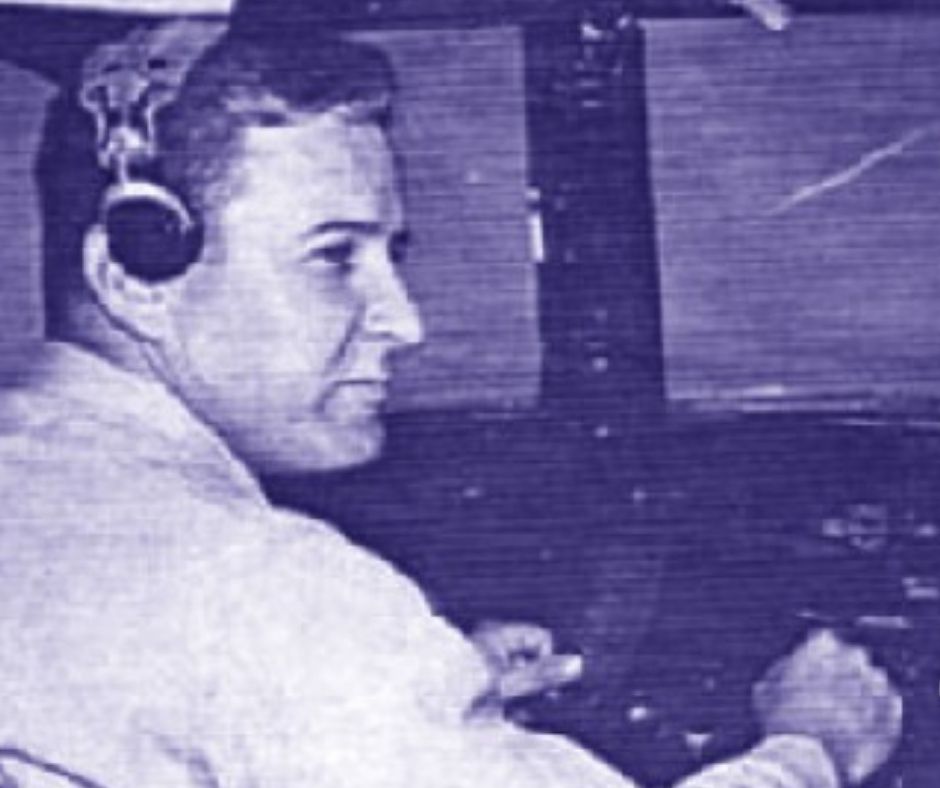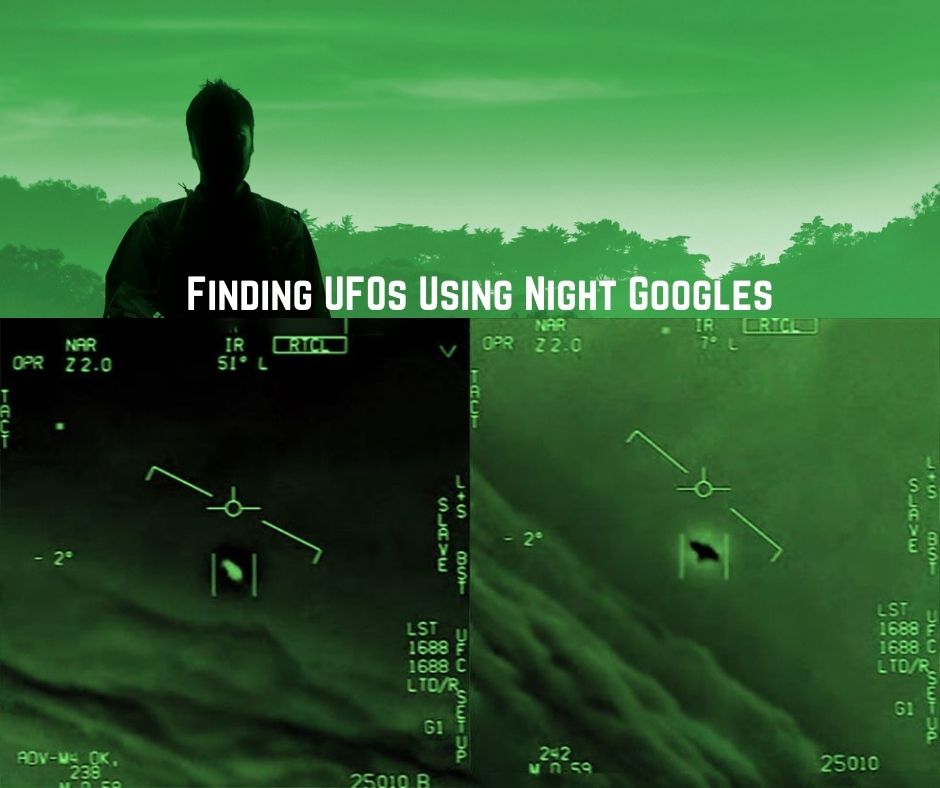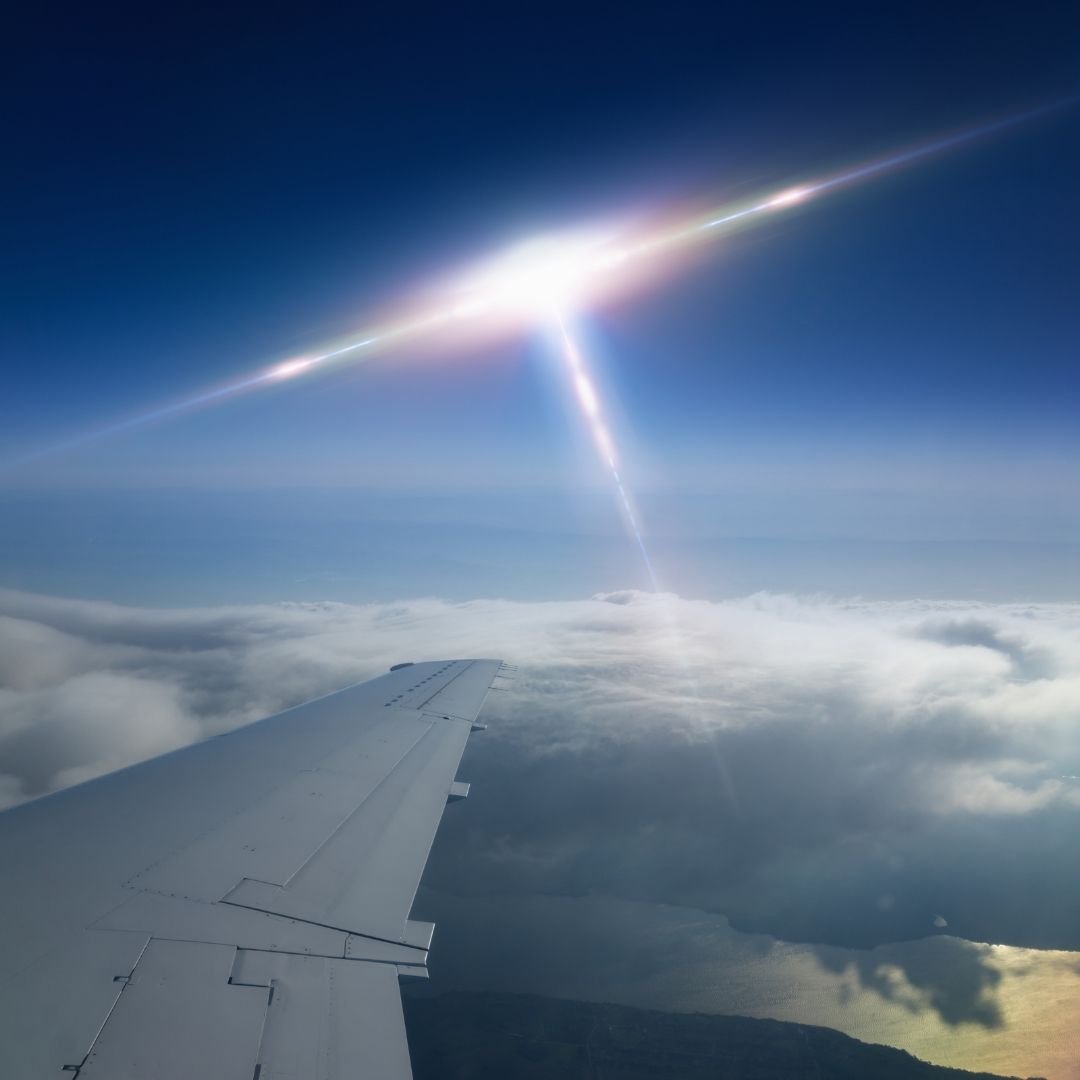Most of the results (in percentages) found in this analysis of 600 cases indicate that regardless of the total number of cases analyzed, more or less the same patterns are found.
This study confirms the potential impact on aviation safety and the need for a serious study of these UAP phenomena.
Only a systematic collection of detailed testimonies from pilots and crews will enhance the scientific research on this enigmatic UAP phenomenon.
Summaries of these 600 UAP events are contained in the AIRPANC Catalogue (2nd edition, 2010).
What Is The Shape Of UAPs?
- Disc (or circular, saucer, round)
- Spherical (Sphere, balloon, orb)
- Oval (elliptical, egg)
- Cigar (fuselage)
- Triangle (delta, flying wing)
- Missile (rocket, torpedo, bullet)
- Cylindrical
- Half-sphere (inverted bowl, half-moon)
- Changing (UAP shape changed during observation)
- Other shapes (Crescent, banana, mushroom, rectangle)

Type of UAP observed by pilots are classified into two categories:
- the “lights” point and
- the “objects” when it has a “solid” aspect.
Of 600 reported UAP cases from civilian pilots, they were distributed as follows:
Distribution by type of UAP
- Object 443 cases 74%
- Light (LT) 156 cases 26%
- Unspecified (UN) 1 case
Number of UAP
- Of the 600 cases (474 cases – 78%), the witnesses have reported only one UAP.
- In 117 cases (20%), pilots reported the sighting of two or more UAPs.
- In 12 cases, there were groups of more than 10 UAPs observed at the same time.

UAP estimated altitude
Of 332 UAP cases, the estimated altitudes are distributed as follows:
UAP Estimated Altitude (in feet)
- < 2,000 ft 14 cases
- Between 2,000 ft and 4,999 ft 51 cases
- Between 5,000 ft and 9,999 ft 89 cases
- Between 10,000 ft and 19,999 ft 64 cases
- Between 20,000 ft and 29,999 ft 48 cases
- Between 30,000 ft and 49,999 ft 53 cases
- Between 50,000 ft and 100,000 ft 11 cases
- > 100,000 ft 2 cases
- Altitude not mentioned in 268 cases
In 305 cases, more than half of the cases (51%), the UAP estimated altitude was between 2,000 feet and 50,000 feet. The lowest measured altitude reported by a pilot was 500 feet.
The highest UAP altitude reported was 246,000 feet by Major Joe Walker. It happened when he was flying the X-15 rocket-powered aircraft during a test flight at more than 2,000 mph when his rear-view movie camera captured five disc-shaped or cylindrical objects flying in echelon formation in April 1964.

UAP behavior
This classification enables us to attribute a “level of strangeness” or unconventionality to the UAP phenomenon.
- Stationary phenomena (one light or one object appearing motionless.)
- Phenomena following a uniform/constant trajectory and/or a speed.
- Phenomena with a variable trajectory and/or speed (UAP is performing various maneuvers).
Of 600 UAP cases gives the following results.
- Anomaly (AN) 39 cases 7%
- Flyby (FB) 222 cases 37%
- Maneuver (MA) 339 cases 56%
The crew of a Varig C-47 cargo plane witnessed a luminous object. After a quick maneuver, the disc-shaped object was ahead of them and crossed to the right side, following a horizontal trajectory.
The UFO stopped for a moment and then abruptly went into a dive and was out of sight in the cloud bank below.
When the UAP reached the right side of the aircraft, the engines began acting up, coughing and missing, and the lights in the cabin dimmed and almost went out.
It seemed like the whole electrical system was going to collapse. When the UFO dived into the clouds, everything became normal again. This happened in Brazil in 1957.

Interaction between the UAP and the aircraft
In 299 cases, there have been reported interactions between UAPs and aircraft. These cases concern these events:
- UAP performs maneuvers to approach, chase, or escape from the aircraft.
- Dogfight with military aircraft.
- UAP circles the aircraft or performs maneuvers close it.
Distribution of interaction cases by type of aircraft
- Military aircraft (M) 141 cases.
- Commercial aircraft (C) 86 cases.
- Private aircraft (P) 66 cases Commercial and Military (C+M) 4 cases.
- Commercial and private (C+P) 2 cases.
Impact on flight safety
Among the 600 UAP cases, a possible impact on flight safety was noted in 290 cases (48%). These 290 events are distributed by type of aircraft (Commercial, Private, Military, Multiple aircraft cases) as follows:
- Commercial aircraft (C) 125 cases 43%
- Military aircraft (M) 95 cases 33%
- Private aircraft (P) 65 cases 22%
- Multiple aircraft : C+M (3) / C+P (2) 5 cases 2%
In some instances, electromagnetic or other effects on aircraft systems were reported when the UFO was close to the aircraft. For 108 events (37%), pilots determined that the impact on flight safety was high enough to submit an Airmiss/Airprox report.

A fast white cylindrical UAP that overflew their plane
During a flight in the USA in 1997, three crew members of a B747-300 observed a very fast white rocket-like UAP that overflew their plane between 200 and 400 feet above in the opposite direction.
They observed no wing on the UAP, which they described as cylindrical. There was no TCAS9 alert. The UFO passed overhead very fast.
The UAP was close enough that the Flight officer ducked his head because he believed it would hit them. It was white and had a round shape to it.
There was no smoke or fire noticeable from the object. No radar echo was detected in the aircraft’s opposite direction by ARTCC.
The National Transportation Safety Board has no conclusion concerning the identification of the UAP but considers this case officially closed.
Summary
The study of 600 UAP cases reported by civilian and military pilots has shown a number of key points.
- The distribution of cases comes from the whole Earth (Continental and maritime zones).
- There are slightly more nocturnal cases (54%) than daylight cases.
- Witnesses were two or more in 69% (more than two-thirds) of the cases.
- Pilots have officially reported their sightings in 197 cases (33% of the 600 cases).
- Commercial pilots have reported their sightings officially in 35% among 233 cases.
- Most of the sightings occurred during the cruise phase of the flight (85%).
- Visual sightings are confirmed by radar detection in 27% of the cases.
- More UAP is described as « objects » (74%) than point sources of lights. Circular (disc) is the most reported shape (42%).
- Weapon systems were momentarily ineffective when targeting UAP.
- UAP performs maneuvers in more than half of the cases (56%), and their behaviors seem to reflect an interaction with the aircraft in almost 50% (299) of the 600 cases.
- In 48% (almost half) of the 600 cases, UAP has had or could have had an impact on flight safety, including 31 cases in which pilots had to make an evasive action to avoid a collision with UAP.
- Electromagnetic effects were reported in 14% of the 600 cases. Radio and compass systems were the most affected.
- Private aircraft are more affected by the E-M effects allegedly caused by UAP.

Did you know that human eyes can see only a short range of light spectrum between 400-700nm? This article is about using and getting the best night goggles to find UFOs.

